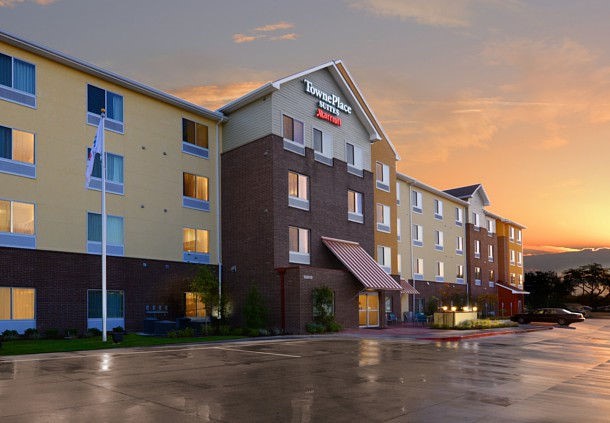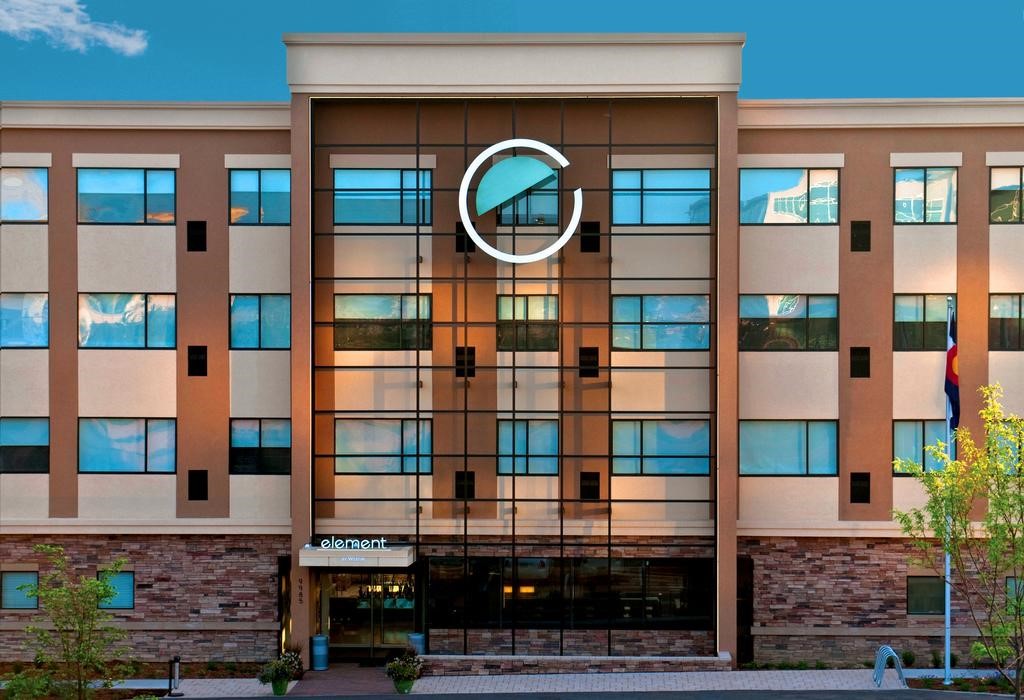The second quarter of 2017 has begun and the transaction outlook for the hotel industry appears to maintain the momentum of the past year, but with increasing selectivity from lenders.
“Across all real estate, everything feels fully baked and fully priced,” said Mathew Crosswy, principal at Atlanta-based Stonehill Strategic Capital.
Crosswy said they are now “rifle shooting” acquisition opportunities on the debt side, but he still is cautiously optimistic.
“We like to invest with a local entrepreneur with strategic insight,” he said. “That's why we're doing more ground-up or adaptive-reuse projects with a local sponsor that knows something we might not know.”
At Access Point Financial, chief operating officer Dilip Petigara said the company’s current underwriting fundamentals remain the same, at least so far: “We’re not changing our underwriting because of forecasts because we look at the local market and the demand drivers for that particular market. And we always consider the sponsorship and the experience of the hotel operator.”
Access Point is competitive in the secondary and tertiary markets, Petigara said. “Opportunities will be there in secondary markets and we will be able to pick those projects that make the most sense.”
Lenders are generally requiring debt yields in the 10-percent to 12-percent range for hospitality assets and with some transitional assets with strong future cash flow metrics coming inside of 10-percent debt yield, said Jonathan Martin, vice president, AEW Capital Management, a real-estate investment management firm.

“As with the slowing transaction marketplace, the hotel debt markets have been contracting somewhat as the industry is underwriting slower growth and a potential nearing of the end of the current lodging cycle,” Martin said.
Research analysts expect deal volume to maintain.
JLL expects total U.S. hotel real estate transactions in 2017 to reach approximately $29 billion, according to its fourth quarter 2016 “Lodging Investment Outlook.” This figure duplicates the volume recorded in 2016, but would represent an increase in activity if Anbang Insurance Group Company’s $6.5-billion acquisition of Strategic Hotels & Resorts in 2016 were excluded.
Crosswy saw transaction volume momentum carrying through 2017, which puts a higher demand on debt. “We’re going to see [real estate investment trusts] begin to come back, but not like the market in 2015. [Commercial mortgage-backed securities] volume should also pick up in terms of volume. So volume will be up, but it’s still a fragile market compared to 2006 or 2007, but the good aspect is that banks will maintain underwriting and discipline.”
Public REITs represented 10 percent of the deal volume in 2015, but only 3 percent of the volume in 2016, according to JLL.
Martin said balance sheet lenders, life companies and CMBS lenders are all selectively back in the market: “With interest-rate increases, spreads have widened and lenders are being more select or conservative on the deals that they decide to do.”
The continuing maturation cycle of CMBS this year should contribute to the transaction volume, Crosswy said. “Up to 40 percent of CMBS debt will not eligible for CMBS again based on the current standards. That debt is undercapitalized and will need to recapitalize through sales or refinance and that will increase transaction volume.”
Value Pressure
“Industry operating fundamentals are at peak levels and some of the public REITs have started to dip their toes back into the market, so we are expecting hotel values to at least stay flat over the coming year with possible value increases in certain markets,” Martin said. “Sellers have not had to capitulate on their pricing expectations due to strong fundamentals.”

Petigara said the anticipated Federal Reserve interest rate increases throughout 2017 should also cause values to stay flat. This will impact the borrower's leverage on the asset if valuations remain flat. If owners try to refinance something, they are not going to have the same growth forecast for the loan-to-value parameters.
“Banks and debt funds are the major sources of hotel debt and interest rates have increased significantly while proceeds are generally lower,” Martin said. “As a result, leveraged buyers need lower prices to achieve their return hurdles.”
Capitalization rates increased approximately 50 basis points in 2016, according to JLL. During 2017, cap rates should experience “moderate upward pressure” and should increase by 25 bps to 30 bps because the market has already factored in expected interest rate increases on going-in yields.
Some of the higher-risk deals are full-service resort hotels and other properties that are dependent on group demand, which is tapering off, according to Crosswy.
Risk is more dependent on the market conditions, rather than asset class, Petigara said of his underwriting.
“There is a risk associated with a convergence of supply and demand,” he said. “It would be a market where supply growth would impact the fundamentals.”
